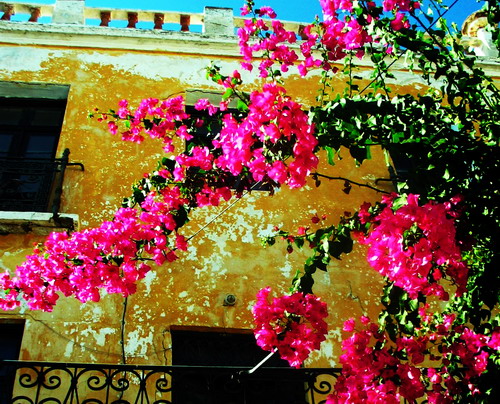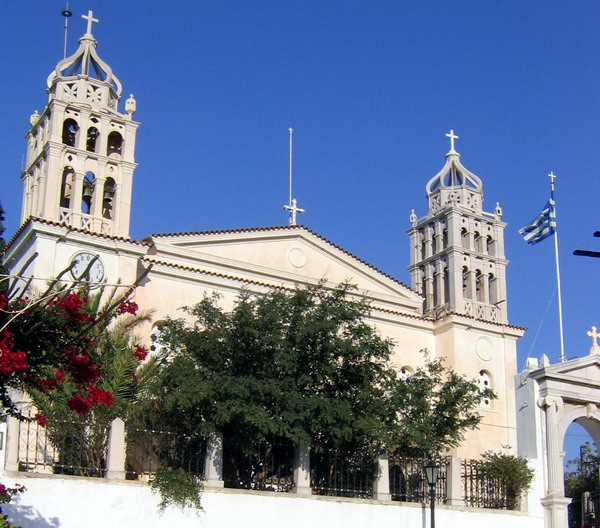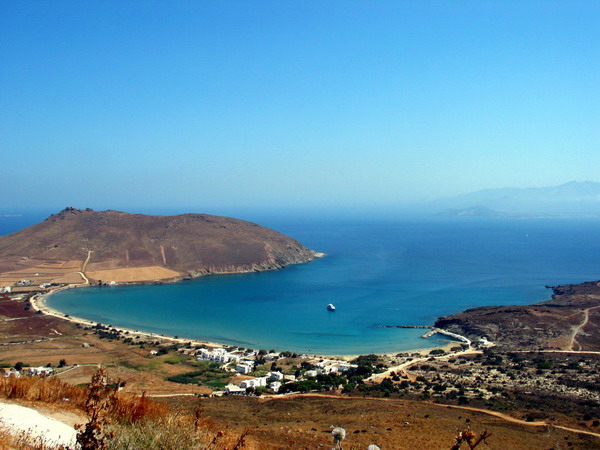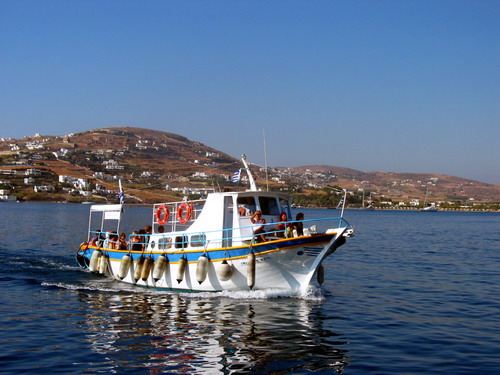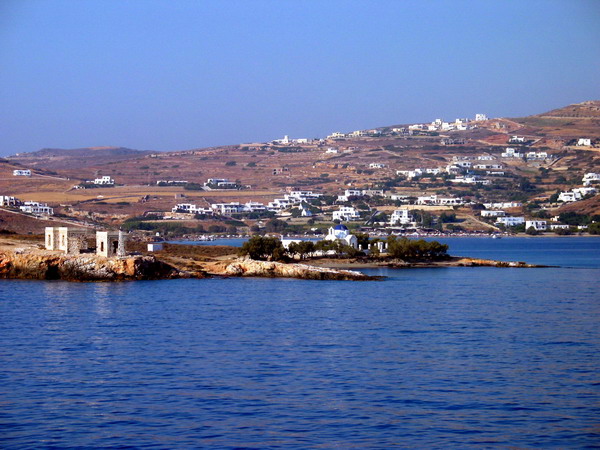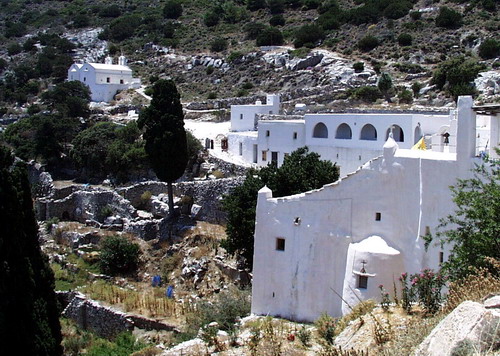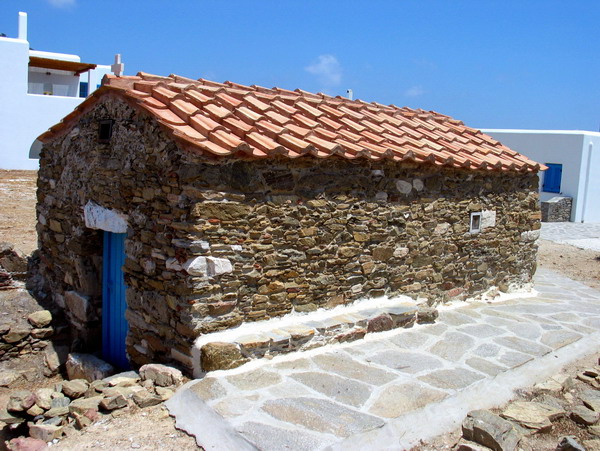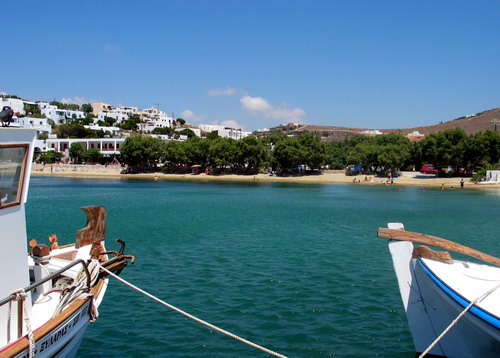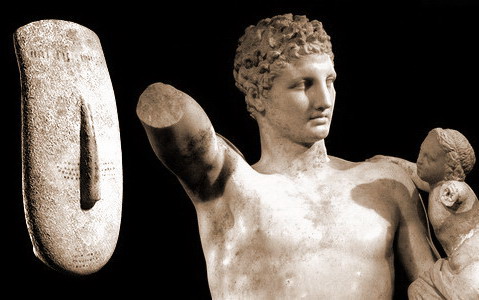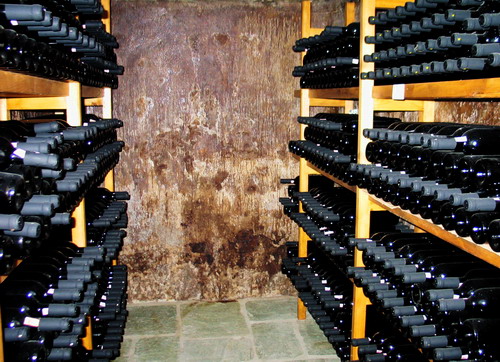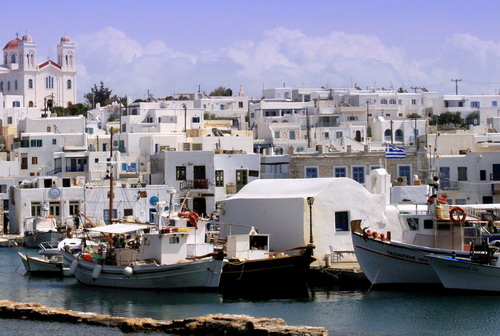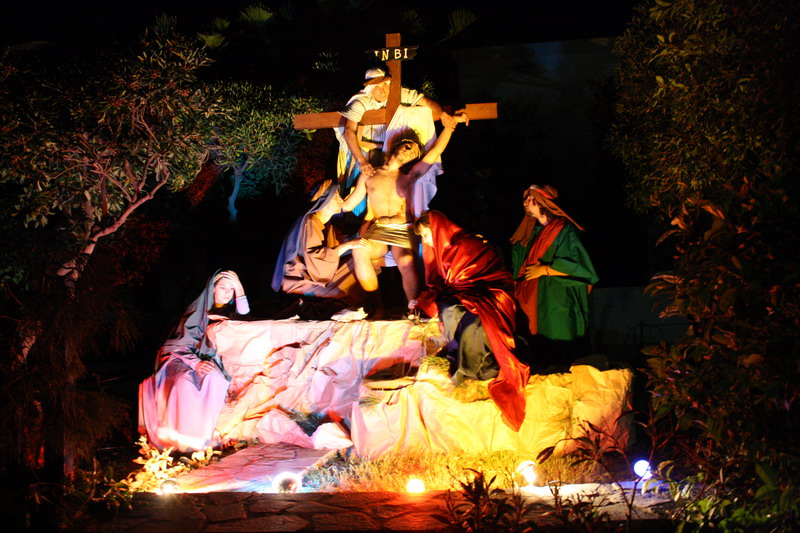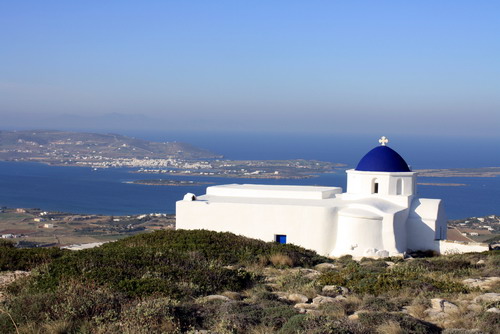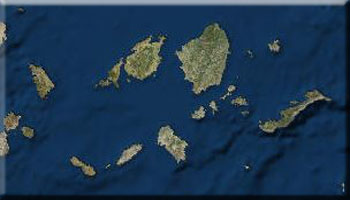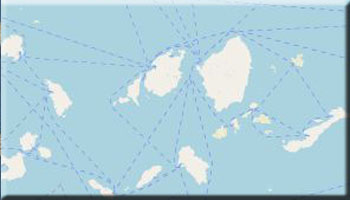 EASTER IN MARPISSA
EASTER IN MARPISSA
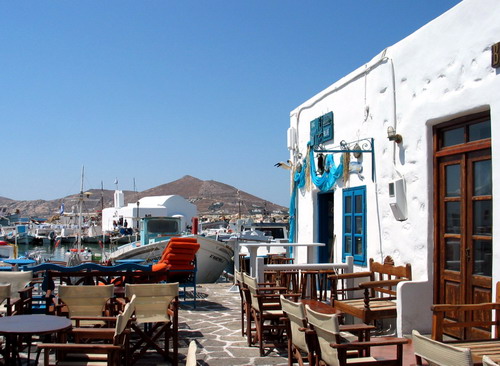 NAOUSA
NAOUSA
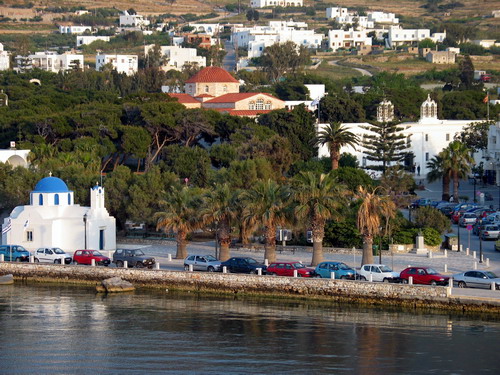 PARIKIA
PARIKIA
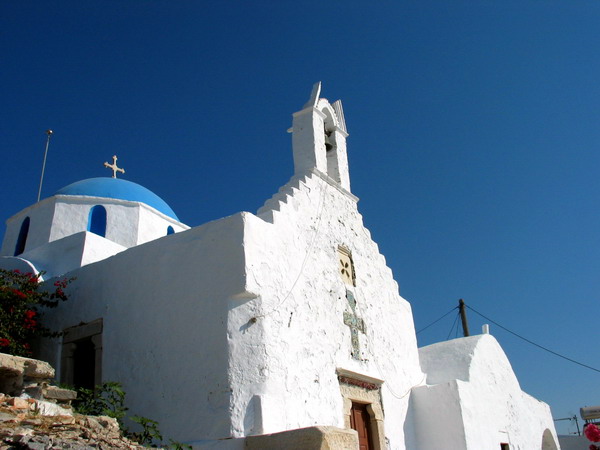 PARIKIA
PARIKIA
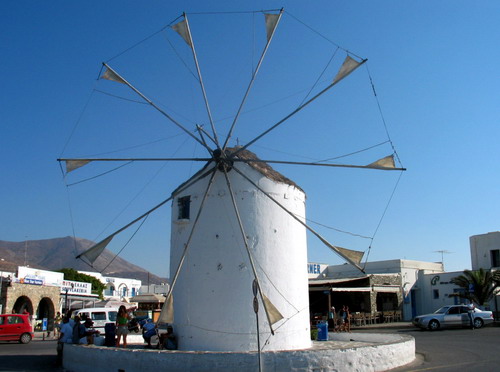 PARIKIA
PARIKIA
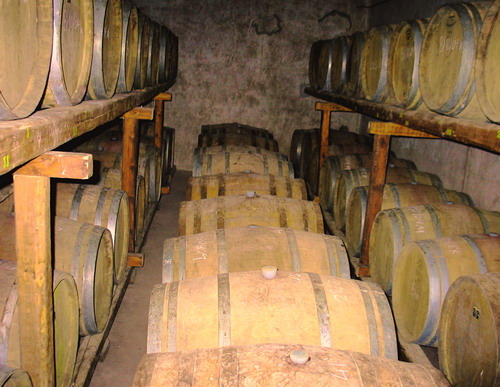 WINE
WINE
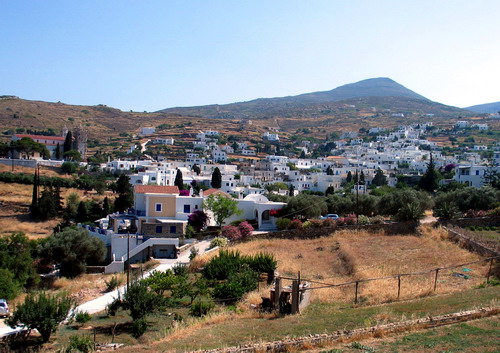 LEFKES
LEFKES
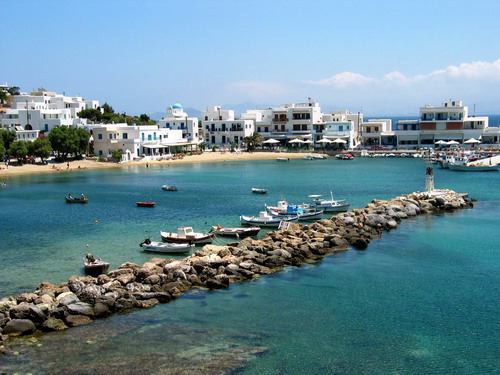 PISO LIVADI
PISO LIVADI
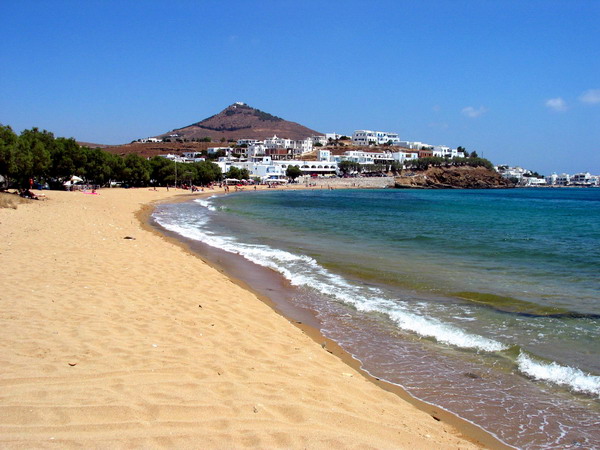 LOGARAS BEACH
LOGARAS BEACH
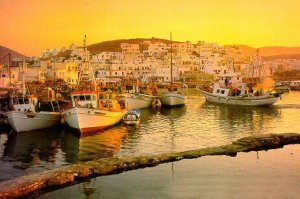 PAROS CENTER
PAROS CENTER
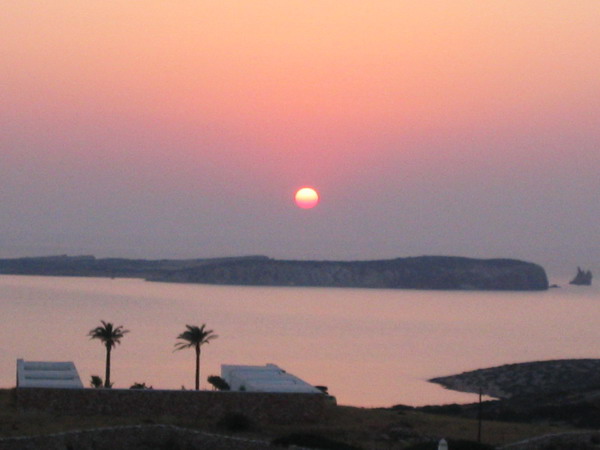 SUNSET
SUNSET
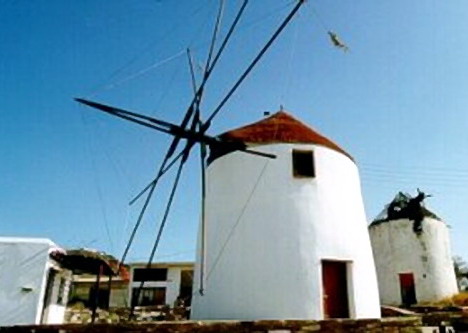 WINDMILL
WINDMILL
Paros is one of the largest island of the Cyclades, with an area of 186 square kilometers. Its coordinates are 37o5'/25o14', and it's located west of Naxos and east of Antiparos, at the center of sea routes through the Aegean, about 90 nautical miles from Piraeus.
Paros associated with regular intercourse with Piraeus, Rafina during summer months, Lavrion, the rest of the Cyclades, the islands of the eastern Aegean, Salonica and the island of Crete in conventional and high speed (Flying Cat etc.). It has air connection to Athens. The duration of the marine travel to Piraeus is 4.5 hours with both conventional and 2.5 to 3 hours with cruisers.
Paros's terrain is even, with a central pucker that rises to 762 meters at Mount Ag. Pantes, then dipping to rolling hills that run down to the coast. It's one of the more fertile islands in the Cyclades, and since antiquity has produced wine, olive oil, cereals, and fruit. Winemaking has boomed in recent years as Paros wines have begun to claim a global reputation. Locals are occupied in agriculture, fishing, and stockbreeding. Tourism has altered the island's lifestyle, while olive and vine cultivation also spur the economy, lending their fruit to the local table, alongside fresh fish and local cheeses.
Paros has a temperate island climate. Winters are mild, with little rainfall. The summer is noted for the strong winds or meltemia. The subsoil is mostly granite, with strips of limestone. Parian marble was prized in antiquity because of its brilliance and semi translucent quality. Prominent sculptors gave form and was the main source of wealth for the island in all periods of history.
Today Paros is a popular holiday destination with considerable development and infrastructure. The island's capital, Paroikia, is located on the western coast. The second largest settlement, Naoussa, is a cosmopolitan fishing village and one of the prettiest fishing harbors in the Aegean. Other important settlements are Lefkes, Marmara, Prodromos, Kostos, Marpissa, Piso Livadi, Dryos, Aggairia, and Alyki.
Stone Age: The first trace of settlement on Paros have been found on the island Saliagos, an islet in the strait between Paros and Antiparos - one of the oldest prehistoric Aegean settlements, dated to the fifth or fourth millennium B.C.
Bronze Age (3200 - 1100 B.C.): Ruins of an Early Cycladic settlement have been found at various sites around Paroikia, while noteworthy traces of settlements from the same period have been uncovered at Kampos, Dryos, Koukounaries, Plastiras, Glyfa, and Faragas. During Minoan times, Paros emerged as a large military and commercial center, and was colonized by settlers from Crete. According to mythology, the island was settled by Alkaios, who established the first city at the site of present-day Paroikia and named it Minoa, or royal city. Traces of Mycenaean culture have been found at Koukounaries, above Naoussa, and on Kastro hill at Paroikia.
Geometric era (1100 - 700 B.C.): Paros emerges as a maritime power and the island flourishes thanks to demand for its marble. Agriculture and stockbreeding are developed.
Archaic period (700 - 480 B.C.): In 680 B.C., Parians found a colony on Thassos where they exploit gold deposits along the Thrace shore. The famed Paros sculpture workshops are established, while in the 7th century B.C., poetry also flourishes on the island thanks to Archilochus, whose work is compared to that of Homer.
Classical era (480 - 323 B.C.): The oligarchy ruling the island welcomes the Persians and follows their fleet in its campaign against the Greeks. In the wake of the Persians' defeat (480 B.C.), Themistocles forces Paros to join the Athenian League. In the arts, the period is marked by the works of Agorakritos and Scopas. Towards the end of classical times, Paros allies with Macedonia, an alliance it maintains until the death of Alexander the Great.
Hellenistic period (323 - 167 B.C.): Paros is under the rule of the Ptolemies for a long period.
Roman era (167 B.C.- 330 A.C.): Paros and the rest of the Cyclades, along with much of the mainland, come under Rome. Development is halted and the island is used as a place of exile.
Byzantine era (330 - 1204 A.C.): Christianity takes root on the island in the fourth century, when Panayia Ekantotapyliani becomes the first church built on the island, at the orders of Saint Elena.
Venetian rule (1204 - 1537 A.C.): Paros becomes a part of the Duchy of the Aegean (1207). Locals work in the fields as serfs and suffer from repeated pirate raids. Naoussa becomes a pirate base. The fortified settlements at Paroikia, Naoussa, and Kefalos (Marpissa) are built during this period.
Turkish rule (1537 - 1821 A.C.): The island is virtually deserted after its capture by the pirate Barbarossa (1537). The devastated island is overrun by the Turks (1560), but during the Russo-Turkish wars (1770 - 1777), Naoussa's sheltered bay is used by the Russian fleet as anchorage.
Modern era: Paros is an active participant in the Greek independence revolt of 1821. The island suffered during the Nazi occupation, and after the second World War, a large segment of the population is forced to migrate, first to Piraeus and then abroad. Around 1960, the island begins to experience the first signs of development, thanks largely to the start of a tourism boom.
Paroikia - Old Market: Paroikia is built roughly midway down the western coast of Paros along the edge of a wide, sheltered bay. It's the capital of the island, its administrative seat and financial center as well as its main port. The town's name dates from Byzantine times when the church of Ekatontapyliani had a number of locals as crofters, or paroikous. These crofters settled the old town around the church and their settlement gradually became known as Paroikia. Today it's a lively town, with a developed infrastructure that includes branches of most major Greek banks, post office, health center, internet cafes, travel agencies, accommodations, and car rental offices. Accommodations include hotels, rental rooms, and organized camping grounds at Livadia, Krios, and Parasporos, which offer the visitor the opportunity of choice. There are also a number of tavernas, restaurants, and other eateries serving good food in the passages around Kastro (the Old Market) and along the coastal road.
Ekantotapiliani: The jewel in the island's crown, this sprawling churchs is one of the most important Early Christian monuments in Greece. It rises on the northeastern end of Paroikia, just a short distance from the port. The church was built in the fourth century on orders from Saint Eleni, mother of Constantine the Great, who landed on the island while traveling to the Holy Land In order to find the Holy Cross.Tradition holds that she prayed to find the Holy Cross and vowed to build a church where she had stood and prayed if successful in her quest. By another account, the church was built by Constantine at his mother's behest. Originally a cruciform basilica, it was destroyed (most likely by fire) and rebuilt under Justinian. The church was built by a pupil of the master craftsman who built Hagia Sophia in Constantinople. While the island was under Frankish and later Turkish rule, the church suffered extensive damage and was repeatedly pillaged, and suffered the worse damage in 1773 by a severe earthquake. The church's restoration was begun in 1959. Today the church has been restored to its initial design-a cruciform domed basilica. On the church's southern side is a fourth-century baptismal font, the oldest and best preserved in the entire Orthodox east.
Byzantine Museum: The collection features icons, wood carvings, other church religious relics and the woodcut epitaph of Ekatontapiliani. The exhibition also includes silverware and more relics, stored in the cells of the complex.
Archaeological Museum of Paros: The Archaeological Museum is located next to the public high school. Its collection includes Neolithic inds from the prehistoric settlement at Saliagos, including the marble "fat lady" figurine and exquisite pottery. One its prized holdings is a fifth-century-B.C. statue of Nike, depicted as a winged female form. Another important exhibit is a colossal statue of the goddess Artemis that stands 3.7 meters trall and was found at Dilio, a seated female deity, and the lower half of a statue of Athena-all dated to the fifth century B.C. The museum's collection includes the Parian chronicle, one of the most important monuments of Greek history. The chronicle is a marble tablet, dating from the third century B.C.m and engraved with 134 verses detailing a period spanning 1,318 years, from 1528 B.C. to 263 B.C. The largest piece of the chronicle is in the Oxford museum.
Kastro: Built by the Duke of Naxos, Marco Sanudo, in the 13th century. Within kastro's walls are a number of chapels, many built into the outer walls, such as Panayia Stavrou (1514), Ayia Anna, Agios Markos, Agios Stylianos, and the architecturally stunning church of Agios Konstantinos with its covered courtyard and view over the sea-one of the prettiest in the Aegean.
The ancient cemetery: Excavations in 1983 brought to light and important cemetery dated to the eight century B.C. and in use until the third century. The cemetery was uncovered near the Paroikia port, along the coastal road, and includes graves spanning several historical periods. Finds are displayed on site, alongside photographs of earlier excavations.
Asclepieio: To the south, the coastal road leads from Paroikia towards Agia Anna hill, where a sanctuary dedicated to the healing god Asclepios was found. The fourth-century-B.C. structure was an open air temple built around a spring. Traces of a temple dedicated to Apollo Pythios have been found nearby.
Anthemion: Created by persons whose sensitivity to and love for Parian and Cycladic history and culture have instilled in them clarity of purpose, willingness to work, and delight. The result is unique among cultural projects of the provinces. The collection, which is being expanded yearly, is exhibited in a tasteful and spacious building in the Cycladic style with wonderful open-air courts. Library witch includes 5,000 books, periodicals and other publications which mainly represent writers who come from or live on Paros and publications that give information on Paros, Antiparos and the Cyclades, as well as books of more general interest.
Dilio: Founded as a cult center in the fifth century B.C. on a hilltop facing towards Delos at the northern end of Paroikia bay. Apollo Delios was worshipped at the temple, which featured a peribolos and altar as well as an area for symposia. A Cycladic cemetery dated to the third millennium B.C. was found nearby.
Byzantine Museum of Naoussa: Housed in the 17t hcentury Moni Agiou Athanasiou, near the western approach to the village. Its collection numbers over 100 Byzantine icons dating from the 15th through the 19th century; most are works of Parian iconographers and artists.
Naoussa Folklore Museum: The museum features an impressive collection of traditional costumes from the island and around Greece.
Venetian Kastro of Naoussa: The sea-lashed Venetian castle that closes the port to the north of Naoussa, is the work of the Sommaripa dynasty (15 th century) and is a singular fortification project.
Folklore Museum of Marpissa: Five years ago, in collaboration with the community of Marpissa, the Association of Women in the region began implementing a Folk Museum, which displays the traditional island home, both in architectural terms and in terms of decoration and furniture. The Folklore Museum of Marpissa operates from October until the end of May every Sunday, while from June to September is open daily. The museum receives numerous visits from locals, but tourists and students for training purposes.
Kefalos Hill: Kefalos rises east of Marpissa and is capped by the Monastery of Agios Antonios, which was founded in the 17th century. The ascent from Marpissa takes roughly 30 minutes on foot and the route is one of the most interesting on the island. The monastery is only open in the morning during the summer months.
Cycladic Art Museum: Situated at "Scorpios" estate, near the airport, at Aliki of Paros. The Cycladic Art Museum of Mr. Benetos Skiadas is one of the most interesting museums in Greece. The Cycladic history depicted with large miniatures of ships and important buildings with unrivaled art and workmanship.
Petaloudes: A turn off the Paroikia-Alyki road, about 5 kilometers from Paroikia, leads to Psyhopiana and the Monastery of Chistos Dasousa. Slightly further west is the Valley of Butterflies, one of the most important habitats in Greece.
Museum of Folklore Culture of the Aegean: Located in the installations of Lefkes Village. The Museum approaches folklore culture of the Aegean residents through exhibits to daily life and view of traditional to discover a world through difficult conditions, still achieved a life in harmony with the environment, respecting nature and human beings. Relative thematic photographic exhibitions are presented each year at the Museum, while a rich library and a dvd Video archive supplement the journey into the culture of the Aegean.
Quarries: The Paroikia-Lefkes road passes by Marathi, a pretty village located east of the ancient marble quaries, source of the famed Parian stone noted for the clarity of its color and its near-transparency. Parian marble was used by the master sculptors of the Greek world-Pheidias, Agorakritos, Praxiteles, Scopas. The pure white stone can be seen in some of the masterpieces of the Greek world, including the Venus of Milo, Praxiteles' Hermes, the Kores of the Acropolis, the Delos Nike, the temple of Apollo and Siphnian treasury at Delphi, the temple of Zeus at Olympia, and the temple of Apollo on Delos. The marble was known as lychnitis, from the Greek for lamp, because lights were used to quarry the marble veins deep inside the mountain. Nowadays it is possible to visit two entrances. The operation of quarries ceased in the late 19 th century.
Livadia: Popular beach to Paroikia’s north with a broad sand shore, clear waters, and extensive facilities. There are a number of shops and tavernas along the beachfront.
Krios: About 2 kilometers from Paroikia to the north of the bay, broad sand beach with pristine waters, seaside tavernas, and bars. Access is by boat from Paroikia or by private transport.
Martselo: Long sand beach extending from Krios, about 2.5 kilometers from Paroikia, with restaurants and bars. Access is by boat from Paroikia or private transport.
Kaminia: Broad sand beach on north end of Paroikia bay as it extends from Martselo. Close to Cape Agios Fokas and the Cave of Archilochos. Access by boat from Paroikia or private transport.
Soyvlia: Sand beach at the southern end of Paroikia bay, about 1.5 kilometers from the town center; facillities include restaurants. Access by bus to the main road or private transport.
Parasporos: Crowded beach about 2.5 kilometers south of Paroikia with extensive facilities, restaurants, and bars; popular among the younger set. Access by bus to the main road or private transport.
Agia Eirini: About 4 kilometers south of Paroikia; sheltered and lined by palm trees. Access by bus to the main road or private transport.
Pounta: Pretty stretch of connected coves about 8.5 kilometers south of Paroikia directly opposite Antiparos. The one-nautical-mile –wide strait is crossed by ferries. Facilities include hotels, cafes, tavernas, surf club, and diving school.
Piperi: The beach Pepper is in the Naoussa and is the favorite beach of Naousa.
Monastiri: Popular beach at the western end of Naoussa bay, with bars and restaurants. Access by boat from Naoussa or by private transport.
Kolibithres: Pretty, tranquil sand cove at the western end of Naoussa bay noted for its interesting granite formations that form small pools; facilties include restaurants. Access by boat from Naoussa or by private transport.
Agioi Anargyroi: Sand beach with little natural shade, about 200 meters east of Naoussa.
laggeri: Pretty, tranquil beach of fine sand and thick dunes about 1.5 kilometers from Naoussa. Access by boat from Naoussa, by bus, or by private transport.
Santa Maria: A long sand beach with pristine waters about 2 kilometers from Naoussa; facilities include tavernas and organized water sports. Access by bus or by private transport.
Abelas: Small, sheltered sand beach a few kilometers east of Naoussa with seaside tavernas.
Molos: Sheltered sand cove with little natural shade and seaside tavernas.
Piso Livadi: Pristine sand beach trees offering shade their swimmers to the Montreal village. There are taverns and bars.
Logaras: Virtually adjacent to Piso Livadi, a broad Blue Flag sand beach ideal for swimming, snorkeling, and all water sports; facilities include hotels, rental rooms, cafes, tavernas, and bars.
Pounta: Popular among a younger crowd thanks to a number of beach bars and organized water sports.
Tserdakia – New Golden Beach: Extended sand that has been designated as a blue flag. The New Golden Beach is known worldwide as one of the best beaches in the Mediterranean for water sports, and particularly to wind-surf. In the early 90s, the New Golden Beach became an ideal place for the holding of the annual world championships wind-surfing.
Golden Beach: One of the island’s prettiest and biggest beaches, ideal for sailing; facilities at this Blue Flag beach include hotels, rental rooms, surf clubs, restaurants, and bars.
Dryos: Pretty beach next to a verdant setting with seaside tavernas and bars.
Farragas: Sheltered, organized beach with seafront bars. Access by dirt track from Alyko and the main road.
Once a year, each church hosts a paniyiri to observe the feast of its saint, combining religious observance with folk traditions. In fests, the religion coexists with the joy of life as upon operation up for grabs and the feast is holding up in the morning. The main such festivals in summer are:
-
At Metamorphosi in Marpissa on August 6,
-
At Panayia in Paroikia on August 15,
-
At Ayios Ioannis at Dryos
-
At Ayios Fanouris at Abela
-
And Lefkes on August 29
Local cultural associations are quite active and organize a number of events aimed at highlighting Paros's extensive cultural wealth through music, dance, and drama performances, especially during the summer months.
Great Week & Easter in Marpissa: Every year in Marpissa organized events to celebrate the passion of Christ and the Holy Easter. The events beginning on Good Friday with draft life and Passion of the Lord. A consuetude which, according to existing data, began before 1937, inspirator and then the teacher of the village, Mr. Baselia Kafouroy. This custom diafylachtike from residents until today. On the night of Good Friday in a climate of Christian devoutness will experience unique consuetude. Along the epitaph of his around the Marpissa and features points, taking place scenes of the life and Passion of Christ. Here involving young people and children of the village, dressed in clothing of that era. The general climate prevailing emotion carries constants too easily in the resurrection of Lazarus, Enters in Jerusalem, the Repentance of Mary Magdalene, the Secret Dinner, Prayer on Mount of Olives, to Pontius Pilate, in Ascension to Golgotha, the gallows of Judas , the Crucifixion, the Removal of Christ from the Cross and Burial of Christ. The celebrations culminate in the Feast of Love, made on the day after Easter occur on the football field, Marpissas. On the day by doing practice the message of the Resurrection of the Lord, to love your fellow man, the whole village celebrates the Resurrection of the Lord in "Feast of Love", celebtating and leaving aside the every day life problems. It offered traditional roast lamb, red eggs and plenty parian wine. The picture complement with local music and dance groups. All that is unforgettable to those who have lived with us these Holy days. The organization of these events is done by the association of the village and the Local Council of the Municipal Department Marpissas - Paros.
passion of Christ and the Holy Easter. The events beginning on Good Friday with draft life and Passion of the Lord. A consuetude which, according to existing data, began before 1937, inspirator and then the teacher of the village, Mr. Baselia Kafouroy. This custom diafylachtike from residents until today. On the night of Good Friday in a climate of Christian devoutness will experience unique consuetude. Along the epitaph of his around the Marpissa and features points, taking place scenes of the life and Passion of Christ. Here involving young people and children of the village, dressed in clothing of that era. The general climate prevailing emotion carries constants too easily in the resurrection of Lazarus, Enters in Jerusalem, the Repentance of Mary Magdalene, the Secret Dinner, Prayer on Mount of Olives, to Pontius Pilate, in Ascension to Golgotha, the gallows of Judas , the Crucifixion, the Removal of Christ from the Cross and Burial of Christ. The celebrations culminate in the Feast of Love, made on the day after Easter occur on the football field, Marpissas. On the day by doing practice the message of the Resurrection of the Lord, to love your fellow man, the whole village celebrates the Resurrection of the Lord in "Feast of Love", celebtating and leaving aside the every day life problems. It offered traditional roast lamb, red eggs and plenty parian wine. The picture complement with local music and dance groups. All that is unforgettable to those who have lived with us these Holy days. The organization of these events is done by the association of the village and the Local Council of the Municipal Department Marpissas - Paros.
Sport Activities & Water Sports: Paros is ideal for the full range of water sports. Wind surfing is especially popular thanks to the strong northerly winds, while there are facilities for such sports on many beaches. In many beaches in Paro operate kiosks that provide equipment and training for all water sports and schools and diving centres. There are two water parks on Paros, while horseback riding is an alternate way to explore the island.
| MUNICIPALITY OF PAROS | 2284360100 |
| CITIZENS SERVICE BUREAU (KEP) | 2284024912 |
| HEALTH CENTRE | 2284022500 |
| HARBOR POLICE | 2284021240 |
| POLICE STATION | 2284023333 |
| FIRE STATION | 2284025199 |
| AIRPORT | 2284092030 |
| TAXI STATION | 2284021500 |
| BUS STATION | 2284021133 |









